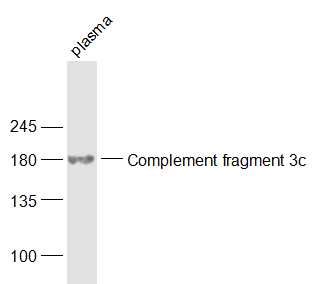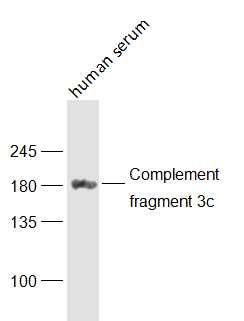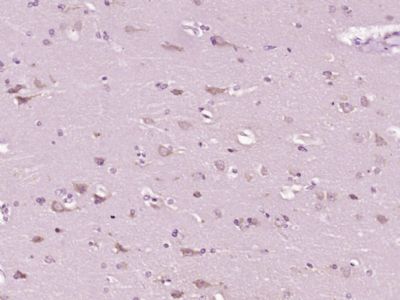Specific References (3) | SL6416R has been referenced in 3 publications.
[IF=5.156] Liu, Tao. et al. Microarray-based analysis of renal complement components reveals a therapeutic target for lupus nephritis. Arthritis Res Ther. 2021 Dec;23(1):1-15 IHC ; Human.
[IF=1.781] Ehrnthaller C et al. Hemorrhagic shock induces renal complement activation. Eur J Trauma Emerg Surg. 2019 Jul 15. IHC ; Pig.
[IF=0.75] Vass, A., et al. "Inflammatory Activation after Experimental Cardiac Tamponade." European Surgical Research 51.1-2 (2013): 1-13. IHSLCP ; Pig.


